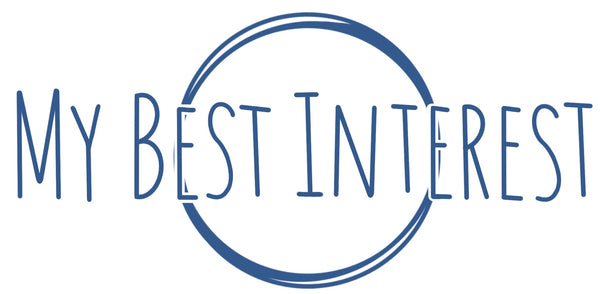Down Syndrome
Understanding Down Syndrome: A Comprehensive Guide
Down syndrome, also known as Trisomy 21, is a genetic condition caused by the presence of an extra copy of chromosome 21. In this guide, we'll explore what Down syndrome is, debunk common misconceptions, provide useful statistics and facts, outline signs and symptoms, and offer strategies for supporting individuals with Down syndrome.
What is Down Syndrome? Down syndrome is not a disease or illness; it is a genetic condition that occurs when an individual has an extra copy of chromosome 21. This additional genetic material affects development and causes characteristic physical features, intellectual disabilities, and medical issues. However, individuals with Down syndrome are unique individuals with their own personalities, strengths, and abilities.
Common Misconceptions One common misconception about Down syndrome is that individuals with the condition are always severely disabled. In reality, the impact of Down syndrome varies widely from person to person. While some individuals may have significant intellectual and developmental disabilities, others may have mild to moderate impairments and lead relatively independent lives. Another misconception is that people with Down syndrome are always happy and affectionate. While many individuals with Down syndrome have joyful and loving personalities, they experience a full range of emotions, just like anyone else.
Useful Statistics and Facts
- Down syndrome occurs in approximately 1 in every 700 births worldwide.
- It is the most common chromosomal condition, affecting people of all races and economic levels.
- Advances in medical care and social inclusion have led to significant improvements in quality of life and life expectancy for individuals with Down syndrome.
- Many individuals with Down syndrome attend school, work, and participate in community activities with appropriate support and accommodations.
Signs and Symptoms Signs of Down syndrome may include:
- Characteristic physical features, such as almond-shaped eyes, a flat nasal bridge, and a small mouth.
- Developmental delays, including delayed motor skills, speech, and language development.
- Intellectual disabilities ranging from mild to moderate.
- Health issues, such as congenital heart defects, hearing loss, vision problems, and thyroid disorders.
- Increased risk for certain medical conditions, such as leukemia, respiratory infections, and gastrointestinal issues.
How to Help and Support Supporting individuals with Down syndrome involves understanding their unique needs and abilities and providing appropriate interventions and accommodations. Here are some strategies for helping individuals with Down syndrome:
- Provide early intervention services, including speech therapy, physical therapy, and occupational therapy, to address developmental delays.
- Offer inclusive education opportunities that recognise and support individual strengths and learning styles.
- Foster social inclusion and community participation through programs and activities that promote acceptance and belonging.
- Advocate for accessible healthcare services and regular medical screenings to address potential health issues proactively.
- Encourage independence and self-advocacy skills to promote autonomy and self-determination.
Other Relevant Information
- Down syndrome is a lifelong condition, but with appropriate support and opportunities, individuals with Down syndrome can lead fulfilling and meaningful lives.
- It's essential to challenge stereotypes and promote acceptance and inclusion of individuals with Down syndrome in all aspects of society.
By promoting understanding, providing support, and advocating for inclusive practices, we can create a more inclusive and compassionate society where individuals with Down syndrome can thrive and reach their full potential.
